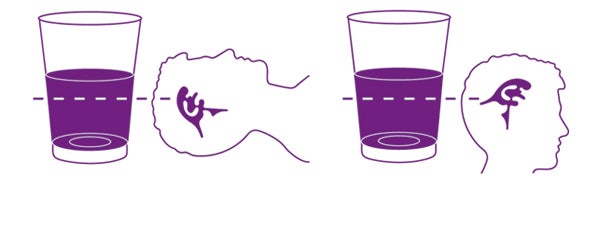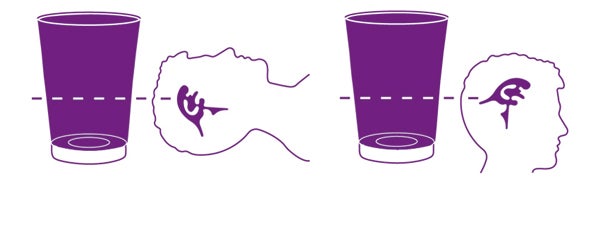Solutions
When two strong partners combine their expertise, innovative and groundbreaking solutions frequently arise that would scarcely have been possible working alone.
Aesculap and Miethke have followed this path and have been cooperating since 1999. The goal was and is to develop better solutions for the difficult treatment of hydrocephalus and to make them available all over the world. This vision has inspired and motivated everyone involved.
An intensive dialogue was initiated with customers, doctors and patients about the problems associated with this complex medical condition. New solutions were developed and discussed in small circles of experts and scientific symposia. The eventual outcome of this fruitful process was the market introduction of the first gravitational unit for pediatric patients – which can effectively prevent the overdrainage of cerebrospinal fluid. A unique product worldwide, and a milestone in modern hydrocephalus therapy.
What has already been achieved is only the beginning. For us, it is a duty and a necessity to continue along the path we have begun. In the patients’ interest we will carry on our extensive investment into research and development and will not tire of learning more, collecting new insights and remaining open for future developments.
We will continue to venture in new directions and cross every frontier, to provide help for cases where a solution has not yet been found.
Physical Background
Healthy individuals possess a positive (slightly above 0 mmHg) ventricular pressure in the horizontal position. In the upright position the ventricular pressure is negative (slightly below 0 mmHg).
When hydrocephalus is present the ventricular pressure is usually increased regardless of the body position.
Due to enlarged ventricles the intracranial pressure is getting too high. To implant a shunt system is a common procedure to treat patients suffering from hydrocephalus and to control the intracranial pressure within the physiological range.
There are different types of shunt systems available:
- Shunts with fixed pressure settings, so-called differential-pressure (DP) valves
- Shunts with adjustable pressure settings (Adjustable DP valves)
- Hydrostatic or Gravitational valves
Normal DP valves offer one pressure at a time. Adjustable DP valves offer various pressure settings which can be adjusted with the mean of a magnetic field. Gravitational valves automatically vary their pressure setting depending on the patients body position.
In the supine position a hydrocephalus shunt opens (and thus allow the CSF to flow) when the pressure in the brain reaches the opening pressure of the valve. Due to gravity, there is an additional force acting on the valve when the patient is in upright position. This gravitational or hydrostatic force can lead to an increased outflow of the CSF and a too negative brain pressure.
This effect – often called “siphoning” or “overdrainage” – is individual from patient to patient and dependent on the patient size and abdominal pressure. Overdrainage can lead to complications like headache, nausea, dizziness and even severe brain damages.
To find the right pressure setting for the individual need of the patient is often a big challenge for a surgeon.
Gravitational shunt systems offer a sustainable protection against overdrainage complications. The combination of gravity control and adjustability allow for very a flexible and individual adjustment for every individual patient situation.





